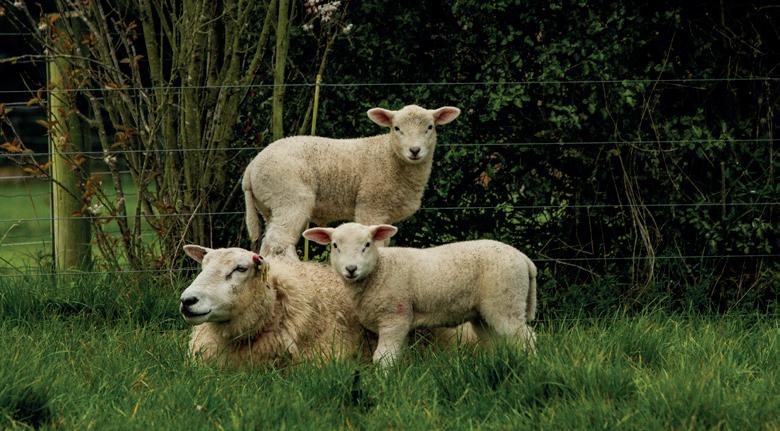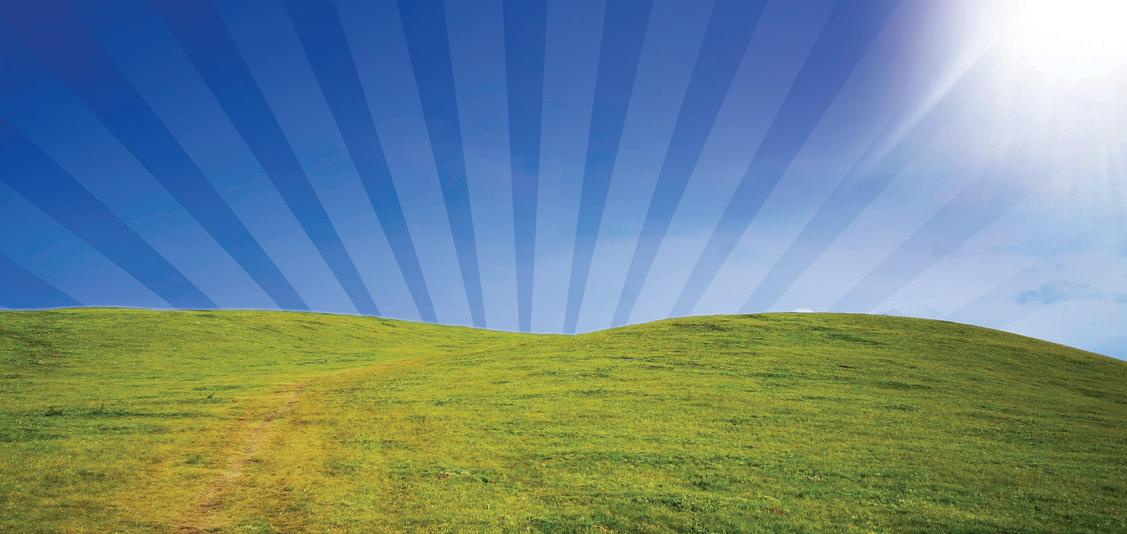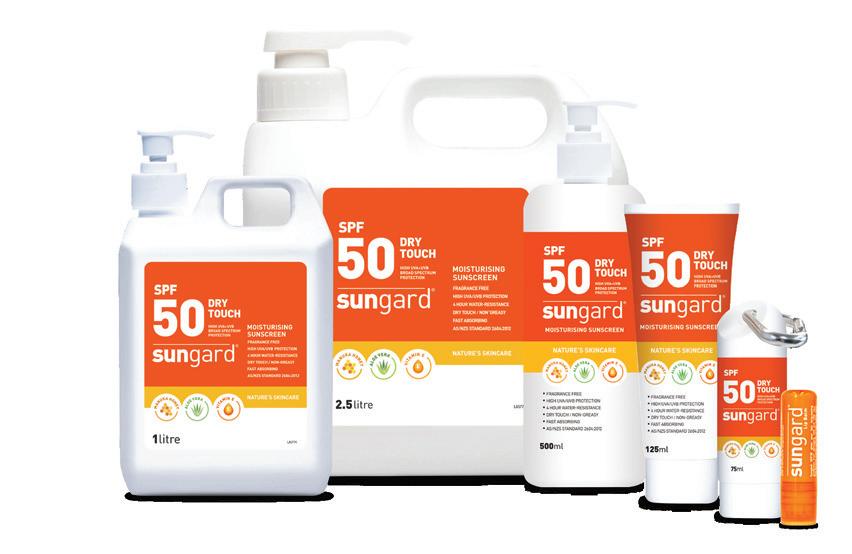
5 minute read
Drenching lambs around weaning
On a conventional sheep and beef farm more time, energy and effort are likely to be invested in drenching lambs than in any other class of stock. It is very common for lambs to be drenched around weaning, and then given another four or five drenches before their first winter. On farms where Nematodirus causes problems early on, lambs may even get drenched a month before weaning.
Another factor to consider is the presence and impact of tapeworm in lambs. Several New Zealand studies have shown that the effects of tapeworm on lamb growth rates are marginal or insignificant. Tapeworm may cause an increase in dag score, with an associated increase in the amount of time spent crutching. Lambs are born with a very small rumen but by the time a lamb is 5 weeks old the rumen is developing and it is starting to get a significant amount of nutrition from grass. This also means that the lambs are potentially exposed to parasite larvae on pasture. Where covers are inadequate, ewes and lambs will be competing for feed and mum is always going to be better able to harvest the available feed. Infective worm larvae are concentrated in the bottom 2cm of the pasture sward; if this is where lambs are grazing, they are more likely to pick up worm burdens that will limit their production as the weeks go by. Lambs from 6 months of age will generally have an immune system
| Left unmanaged, parasites can have a serious effect on lamb growth.
which is functioning well enough to control tapeworm, so tapeworm control is not normally needed after this point. The immune system will continue to develop over the following months to provide protection against other internal parasites, but this can take another 18 months. If a pre-weaning drench is going to be used, care needs to be taken in the selection of the product. Abamectin is not routinely recommended in lambs under 16kg bodyweight as it has a narrower safety margin in these animals than other products. Donaghys Duell tape is a white/ clear combination drench with praziquantel added for effective tapeworm control and can be used in these younger groups of animals. For lambs over 16kg, Donaghys TrivAL Tape is a triple active white/clear/mectin drench, again with added praziquantel for effective tapeworm control. If there is any history of drench resistance on the property it may be beneficial to use a triple acting product. Advice from an expert with knowledge of what is happening on your farm is highly recommended. Now is also a good time to start thinking about the possibility of getting some information about the drench status of your property. It is highly recommended that a faecal egg count reduction test is carried out every 2–3 years on most farms. This is usually done in late summer, as this is the time that farms are likely to have enough lambs to run the test, as well as a good representation of the parasite species that may be causing issues.
For further information, contact your Farmlands Technical Field Officer or the friendly team at your local Farmlands store.
Article supplied by Donaghys.
Purchase Sungard at your local Farmlands store!


SG50-1000 www.eskosafety.com
SG50-2500 SG50-500
SG50-125
SG50-75 SG-LB

SG40IR-500
STAYING SAFE IN THE SUN
SG40IR-125
It’s no secret that New Zealand’s incidence of melanoma cancer is, along with Australia, the world’s highest. Melanoma accounts for nearly 80% of all skin cancer deaths in NZ and the rate appears to be increasing. Over and above that, it’s estimated over 80,000 Kiwis get nonmelanoma skin cancer each year. We all know the ‘slip, slop, slap and wrap’ basics of protection but to remind ourselves:
•Slip on appropriate clothing, preferably with long sleeves. Fabrics with a tighter weave and darker colours will give better protection. Fabrics specially designed for sun protection will have a UPF rating (Ultraviolet Protection Factor).
•Slap on a hat. Wear a hat with a wide brim or a legionnaire style cap with flaps that provides shade to your ears and neck.
More of us are sunburnt on the face and neck than any other part of the body.
And ditch the cap—baseball caps do not protect the neck and ears.
•Slop on the sunscreen liberally. Apply to all exposed skin 15 to 30 minutes before exposure and remember to apply to your ears. Approximately two tablespoons 42 | THE FARMLANDER
of sunscreen (about a shot glass full) is needed to cover an adults’ arms, legs, neck and face. Use a broad-spectrum (i.e. effective against both UVA and UVB rays) water-resistant sunscreen that meets AS/NZS 2604:2012, at least SPF30, preferably higher. Re-apply sunscreen every two to three hours. Products that combine sunscreen with insect repellent are very convenient but look for those that have effective natural ingredients. Sunscreens containing DEET repellent are banned in Canada and frowned on in the US. Remember lips are particularly sensitive so protect your lips with lip balm.
•Wrap on close fitting sunglasses. UV radiation can lead to eye complaints ranging from mild irritation to macular degeneration, cataracts and cancer.
Choose eyewear that meets the
Australia/New Zealand standards (AS/
NZS 1337.1 or AS/NZS 1336). Eyewear of any quality should give at least 99.9%
UV protection. Tinted lenses do not necessarily block more UV light. Check the product information for the degree of resistance to UV light. Polarised lenses are especially effective in cutting down reflected rays.
If you employ staff working outdoors you have obligations under the Health and Safety at Work Act 2015. These include ensuring your workers:
•Wear appropriate clothing, hats or helmets with a wide brim, sunglasses that fit closely to the face and meet
UV protection standards.
•Use sunscreen, which must be waterresistant, broad-spectrum, at least
SPF30, and meets standard AS/NZS 2604:2012.
•Work in shade as much as possible or under a shade structure if natural shade isn’t available.
•Monitor UV levels. • Report instances of sunburn and heat exhaustion or fatigue.
Remember that being sunsmart doesn’t stop on overcast days. Cloud cover will cool down temperatures but it only reduces UV radiation by 20–40 percent. Clouds block out most UVB rays, which cause sunburn, but won’t block out UVA rays, which can penetrate deep into the skin.










